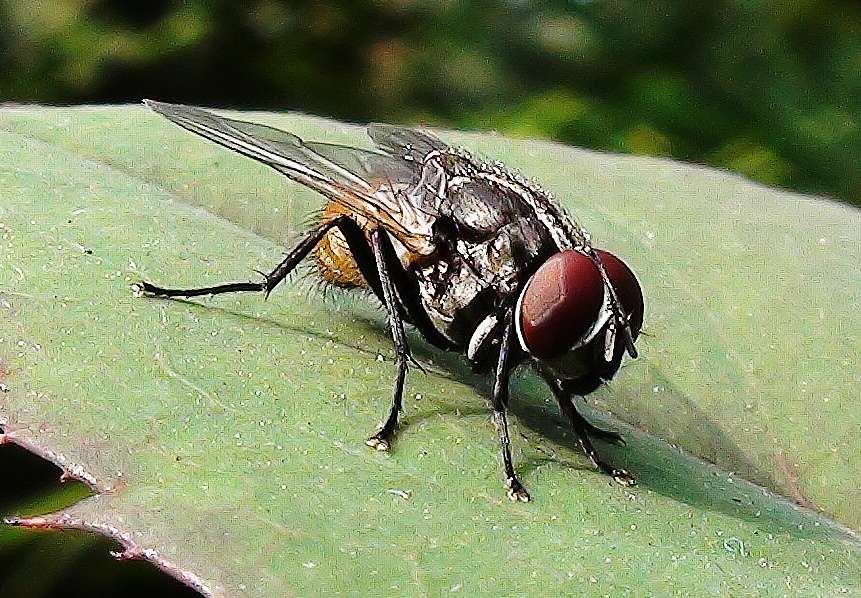THE BEST VIEW: “And then –”

 by Norma Best Boucher
by Norma Best Boucher
I just spent one of the best mornings I could want. I didn’t set out to do that. I don’t think that life works that way. I do try to start every day with a positive attitude, but this morning God just pointed me in a direction and said, “Enjoy!”
The weather was cool for Florida, a beautiful winter morning, when I took my early morning walk just as the sun came up. I usually walk with my neighbor’s Yorkie, Scooter, but today I was especially early and just took off alone. I didn’t realize that I usually look down or at eye level when Scooter is with me. I have to be careful that he doesn’t step on fire ant hills or disturb any snakes. Today I looked everywhere and discovered a leafless deciduous tree silhouetted against the morning sky. Suddenly, my mind was back home in Waterville, Maine, walking on Elm Court and School Street on a beautiful cool day.
Florida is filled with beautiful full-leaf and flowered trees that thrive in the winter, but at that Maine memory moment the leafless branches on that tree were more beautiful than all of the other trees combined. Right next to it was a smaller palm tree. The two trees together seemed to epitomize my own life – the majority of my years spent in Maine and the last of my years spent in Florida. The larger tree had the deepest and best root system just like my own life in Maine.
And then – My cat Olivia and I were sitting on the screened-in porch when a beautiful hawk landed a few feet from us. She saw him first. I saw her body stiffen and followed her gaze. The hawk was perched on the roof in a majestic pose. As his head turned, I saw the downward curve of his sharp beak and his proverbial “hawk eyes” sizing up the backyard. Olivia did not move. Neither did I. He was even more beautiful when he took flight and flew past us.
And then – I went for my daily ride along Indian River. The morning was still young. There was a very light rain that appeared on my windshield but was too light to disturb the mirror surface of the river. Hundreds of seagulls were perched on the long river docks, much, I imagine, to the chagrin of the owners. One lady was taking pictures of them. I stopped my car and saw several files of “ducks in a row” at varying distances in the river. All were paddling north.
And then – I saw them, three dolphins. Indian River is quite shallow, so I could see them intermittently breaking the water. They, too, were going north. I don’t know whether they were feeding or just playing, but I never tire of watching them just living their lives for all of us to enjoy.
The first time I saw mammals swimming in a river was when I was seven years old in 1954. My father drove my mother and me from Waterville to Bangor, their hometown, to see the two white whales that had swum to Bangor up the Penobscot River. We drove in my father’s 1948 Studebaker. There was no Interstate 95 highway then, so the trip took two hours up and two hours back. We could go no faster than 45 miles an hour because the car shook at faster speeds. Seeing the whales was quite a thrill. Seeing the dolphins brought back to me another cherished Maine memory.
As I left the River Road area, I stopped at a stop sign and saw perched on a tree limb a different but still beautiful lighter colored hawk. He was watching me as intently as Olivia and I had watched the earlier hawk.
And then – I left the serenity of the scenic river ride to go to a gas station to pump gas into my vehicle. The prices had dropped. Another Maine memory came to mind. Again, my father had driven my mother and me to Bangor to see the gas war.
“Norma,” I remember him saying. “Remember this day. Gas is 18 cents a gallon.” I watched as a man filled the gas tank. We turned around and left Bangor for the long two-hour ride home.
Today, I paid more for my gas than 18 cents a gallon, but who cares? I enjoyed a million-dollar morning and Maine memories.


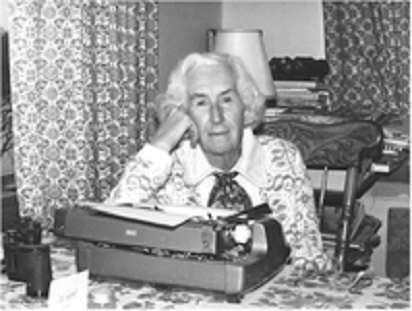







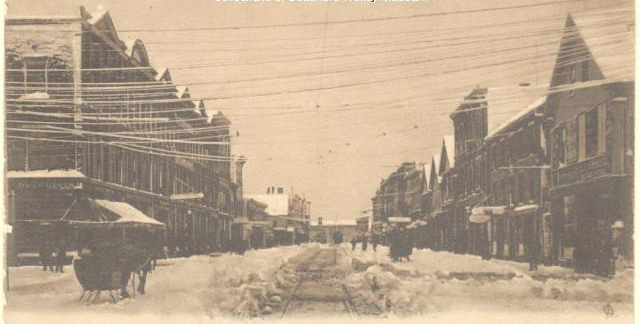

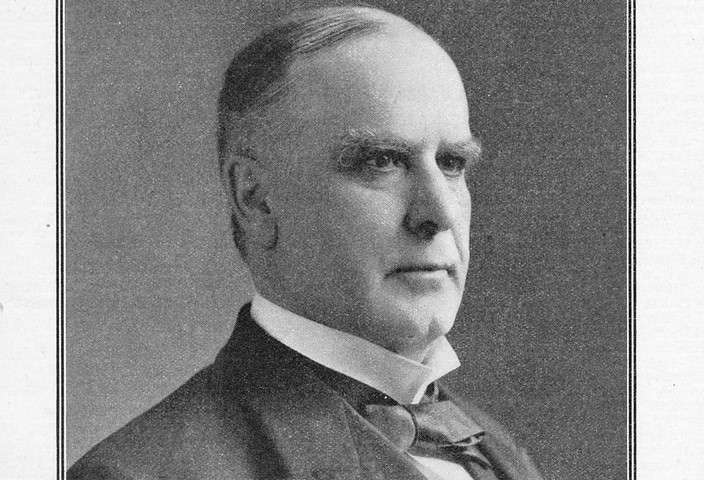
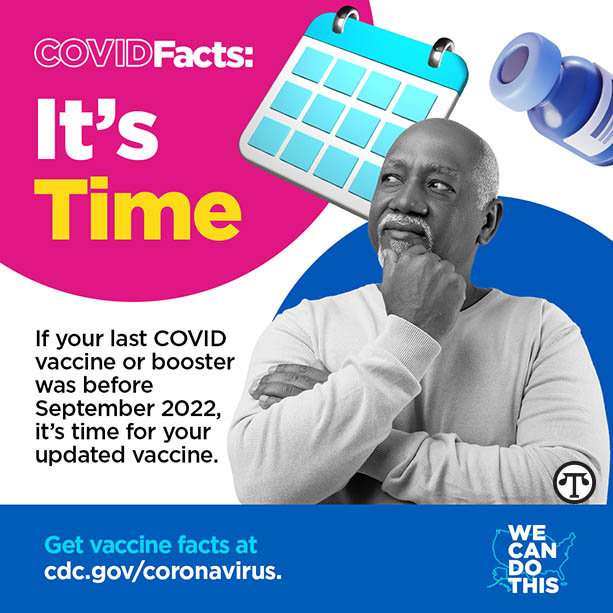 (NAPSI)—The winter holidays have ended, and spring is in sight. As the days start to lengthen, it is a good time to tend to your overall health and well-being, including your mental health, by practicing daily acts of self-care.
(NAPSI)—The winter holidays have ended, and spring is in sight. As the days start to lengthen, it is a good time to tend to your overall health and well-being, including your mental health, by practicing daily acts of self-care.

